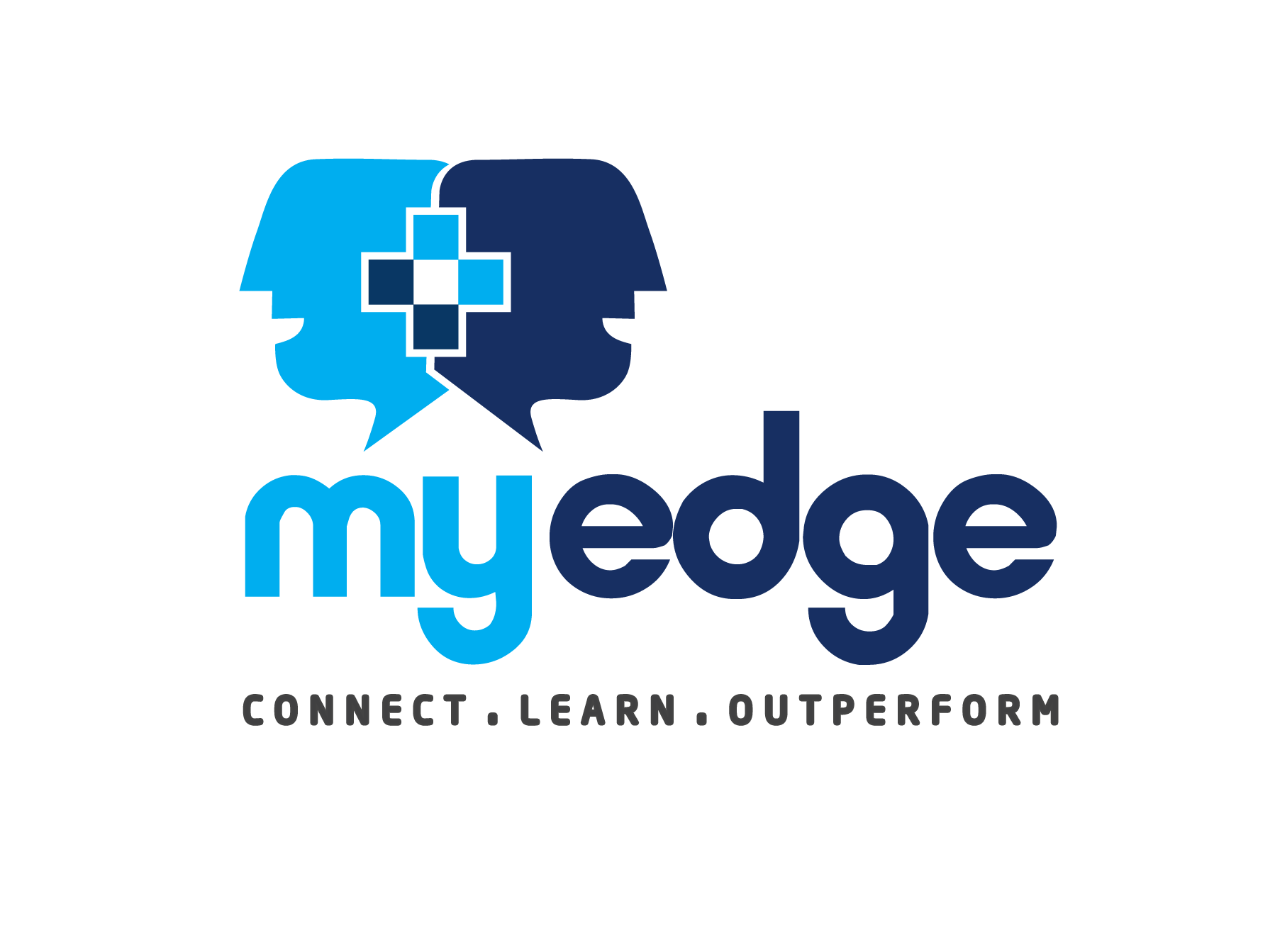Virtual classrooms are revolutionising the sector of eLearning, with more and more teachers taking up this new tool, which can be used for both teaching and learning. After all, these online tools do not just help in providing lessons to students, but also help teachers across the world interact with one another via a common platform, clearing up each other’s doubts. This results in a major increase in efficiency, not just for students, but teachers as well. Administrative processes can also be handled in a streamlined manner.
Organise virtual classes with students from across the globe
Virtual classes make it perfectly possible for a teacher sitting in Delhi to help a student accessing the classroom from New York. Offline classes cannot provide this kind of flexibility.
What’s more – the teacher can choose a time when he/she would be able to teach and ask the students whether all of them can make it then. This ensures efficient usage of time for both the teacher and the students.
Connect with peers to discuss teaching strategies and lesson plans
Virtual classrooms allow teachers connect to their peers in the field and discuss lessons that they are about to teach in classes. This often leads to exchange of knowledge and insights among teachers, which students benefit from, in the long run. For instance, if a teacher is conducting a research, he/she might come across peers interested in similar topics, and receive assistance from them.
What’s more – teachers can also discuss their teaching methods and fix any flaw that might exist in those. This ensures lessons are taught better in class and students can learn faster as well.
Form groups among students to accelerate learning
A virtual classroom also helps teachers group students according to the subject matters that the latter are interested in studying. After all, if a group of students is lagging behind on a particular topic, it makes sense to put them in a separate group and interact with them separately later on, while the rest of the class proceeds with regular lessons. This is like a discussion done after a class, involving students who come up to the teacher with their problems, albeit in a virtual environment.
What’s more – This kind of interaction can help teachers talk to students who constantly lag behind on assignments separately, without embarrassing them while the whole class is listening in. That way, the teacher can find out about the problems the student is facing and provide constructive solutions to those, thus earning the student’s trust.
Share notices and circulars
Virtual classrooms come with virtual noticeboards, which teachers and administrators can use to post notices and circulars. Thus it becomes very easy to share news on any alteration in teaching schedules or methods, with everyone.
What’s more – virtual classrooms usually offer the option to send emails to every member. So, even if a student misses a class, teachers/administrators can inform him/her about exam schedules, upcoming topics to be discussed, and so on.
Virtual classrooms make it possible for students to attend classes without leaving their homes and teachers to provide lessons to students from all corners of the globe whenever they have time in hand. Not only that, study materials can also be provided at a fraction of the price of printed books. These advantages create a win-win situation for everyone, and are the reasons why virtual classrooms are gaining more and more popularity with each passing day.

